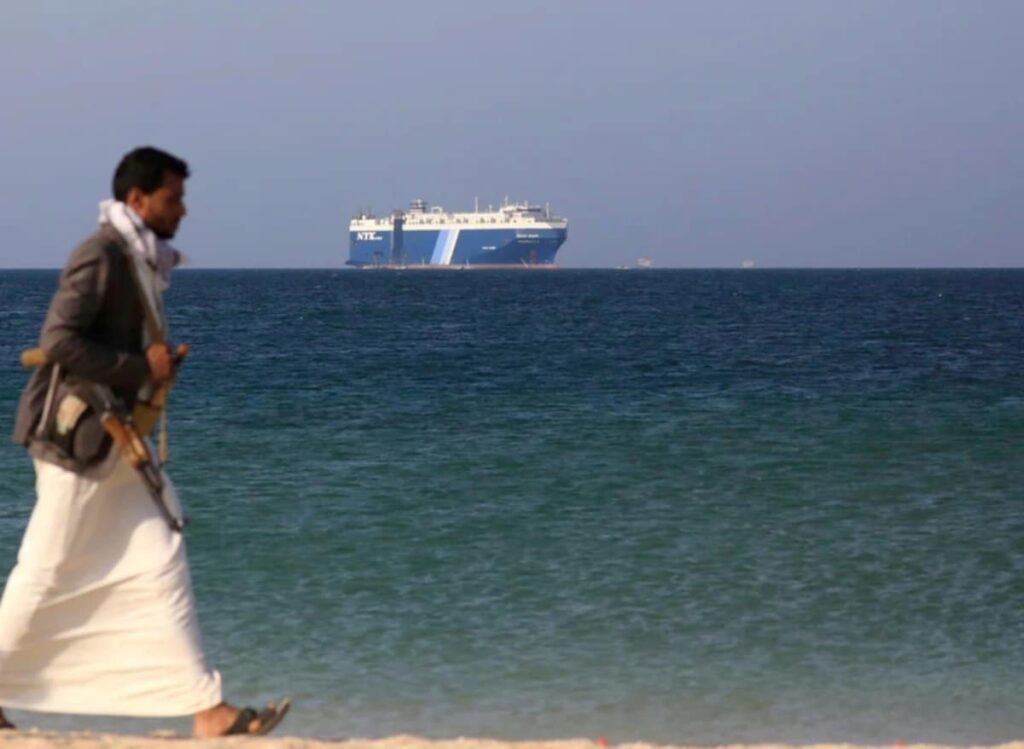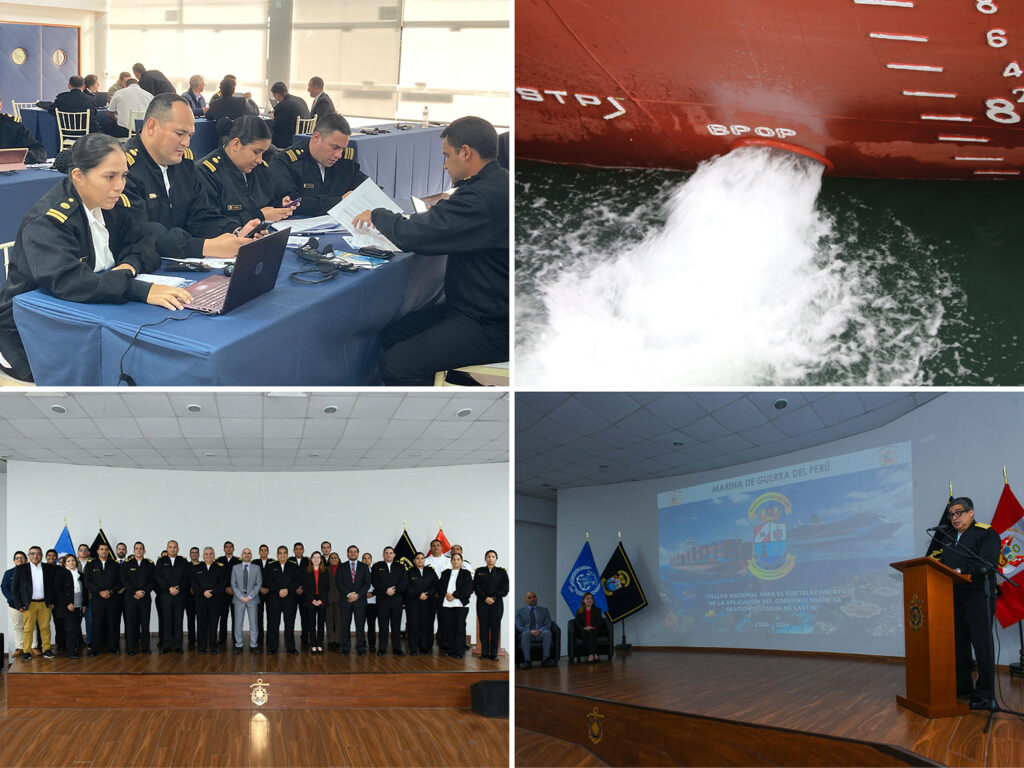According to Sea-Intelligence, the repositioning of routes following the attacks in the Red Sea has caused a 45% increase in CO2 emissions in Europe due to container shipping
In its latest report, British analyst Sea-Intelligence analyzed the dramatic reversal, after years of progress, in reducing the container shipping sector’s carbon footprint following the post-conflict Houthi attacks in the Red Sea in the report published by Shipping Italy
The ongoing crisis in the Red Sea and the rerouting of ships south of Africa have led to a staggering 45% increase in CO2 emissions from container shipping in the European Union in 2024, according to EU emissions data. While the shipping sector as a whole has seen a 10% increase in CO2 emissions, the impact on container shipping has been disproportionately severe,” Sea-Intelligence wrote.

The chart on this page illustrates the stark contrast between the steady decline in CO2 emissions from 2018 to 2023 and the unprecedented peak in 2024. From 2018 to 2023, container ships steadily reduced their emissions, despite growing container volumes, with an average annual decline of 4.4%.
“Assuming there had never been a crisis in the Red Sea and container shipping companies had again reduced their total emissions by 4.4% in 2024, this would have led to total emissions of 34.7 million tonnes in 2024. Instead, the figure was 52.7 million tonnes. Assuming that container shipping via the circumnavigation of Africa was the primary driver of the increase in emissions in 2024, the Houthi actions would have caused an additional 18 million tonnes of container-related CO2 emissions in 2024,” Sea-Intelligence explained.
This value is essentially equivalent to Cambodia’s carbon emissions. The Red Sea crisis, however, has had no measurable impact on other maritime transport segments beyond container shipping, as no significant increase was recorded in these segments in 2024.
The Red Sea
It is noteworthy that the Red Sea is a maritime region with unique oceanographic and ecosystemic characteristics. It extends for about 1,200 miles between two narrow chokepoints – the Suez Canal to the north and the Bab el-Mandeb strait to the south.
The Red Sea’s considerable sea depth and the region’s two monsoon seasons create an optimal water circulation pattern. The Red Sea’s warm surface water temperature, combined with high salinity, offers an ideal environment for hundreds of aquatic life forms and a vast variety of habitats.
Home to about 1,200 fish species and over 350 types of coral, the region’s coral reefs are one of the world’s richest marine ecosystems and most resilient environments to climate change. Additionally, the Red Sea’s high marine biodiversity generates multimillion-dollar revenue streams for the tourism and fishing industries of littoral countries.
Related : Search for survivors after Houthis sink second Red Sea cargo ship




